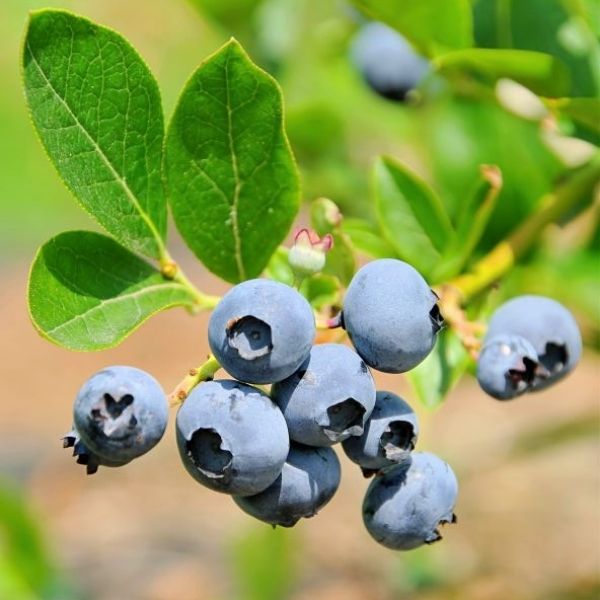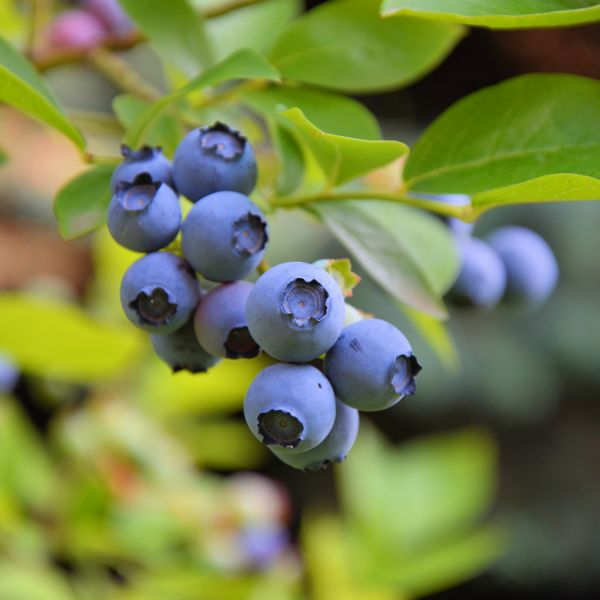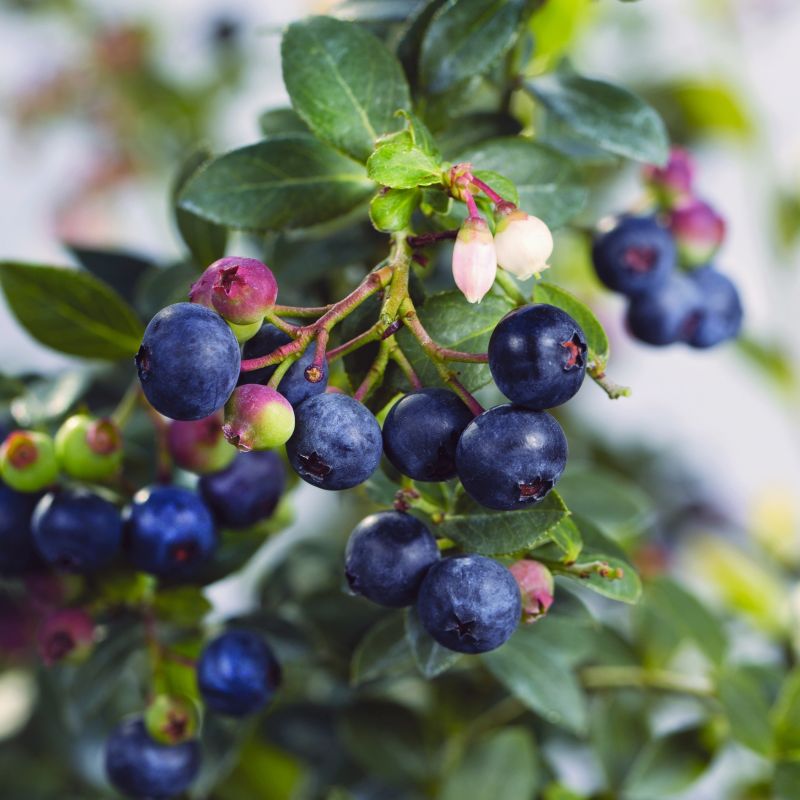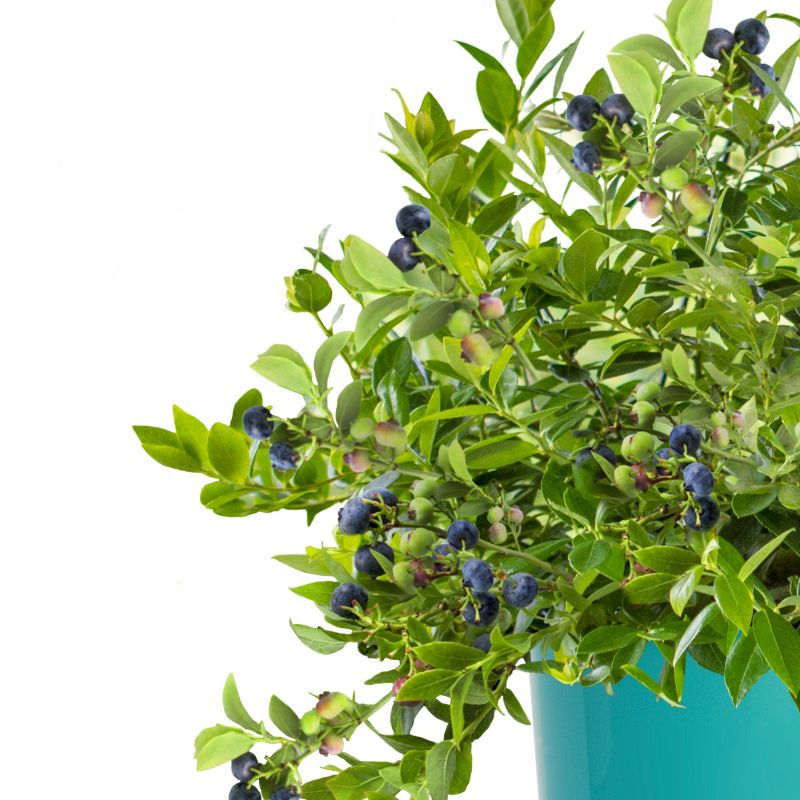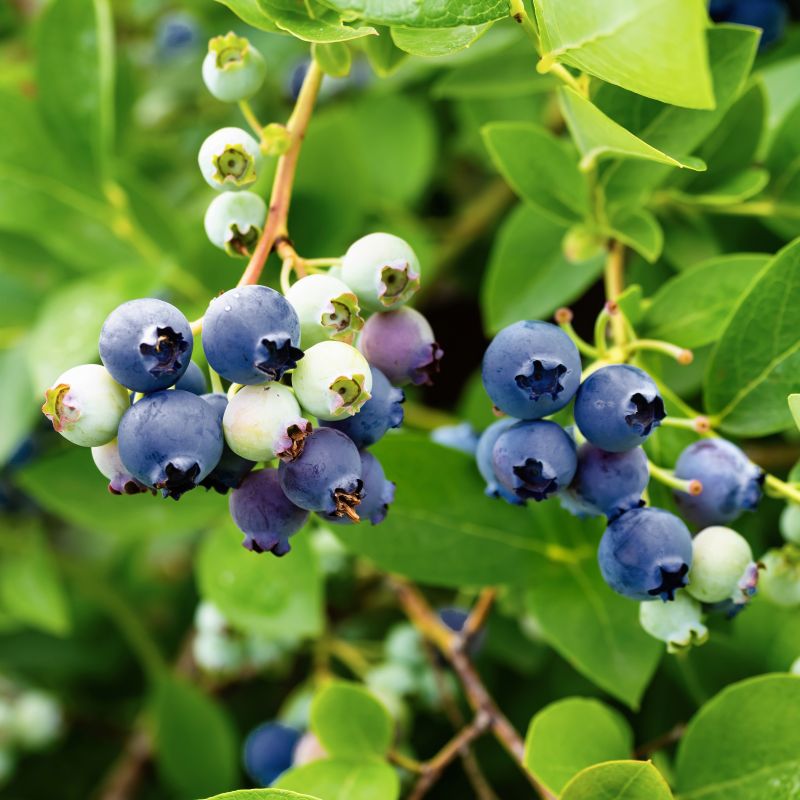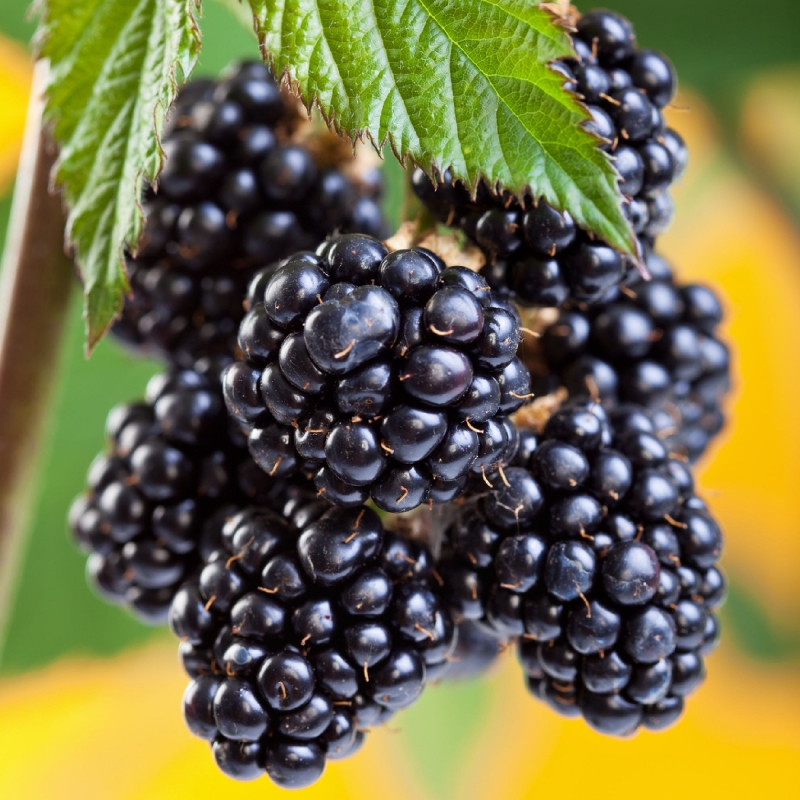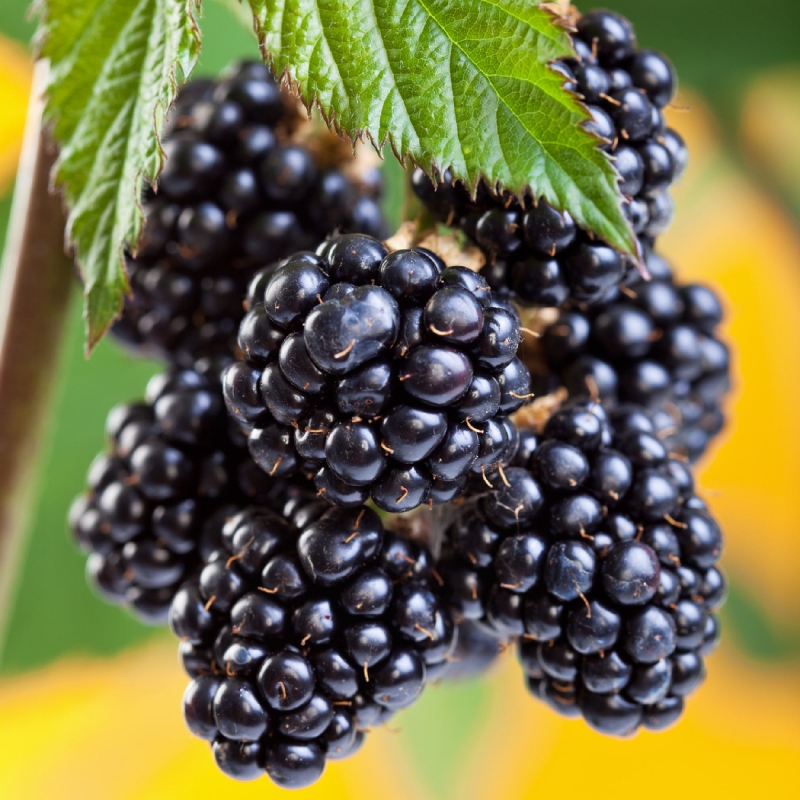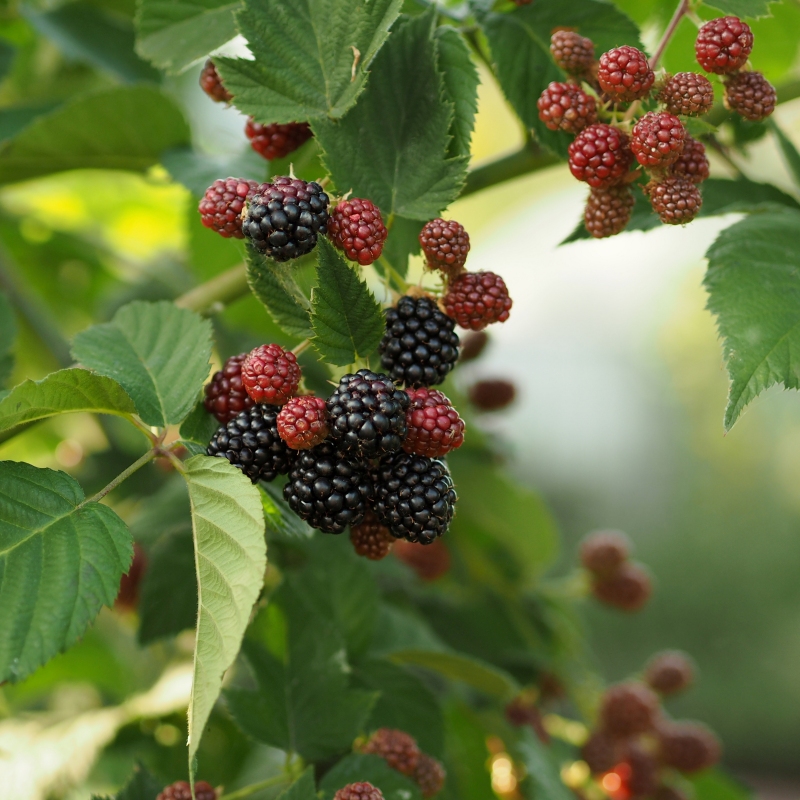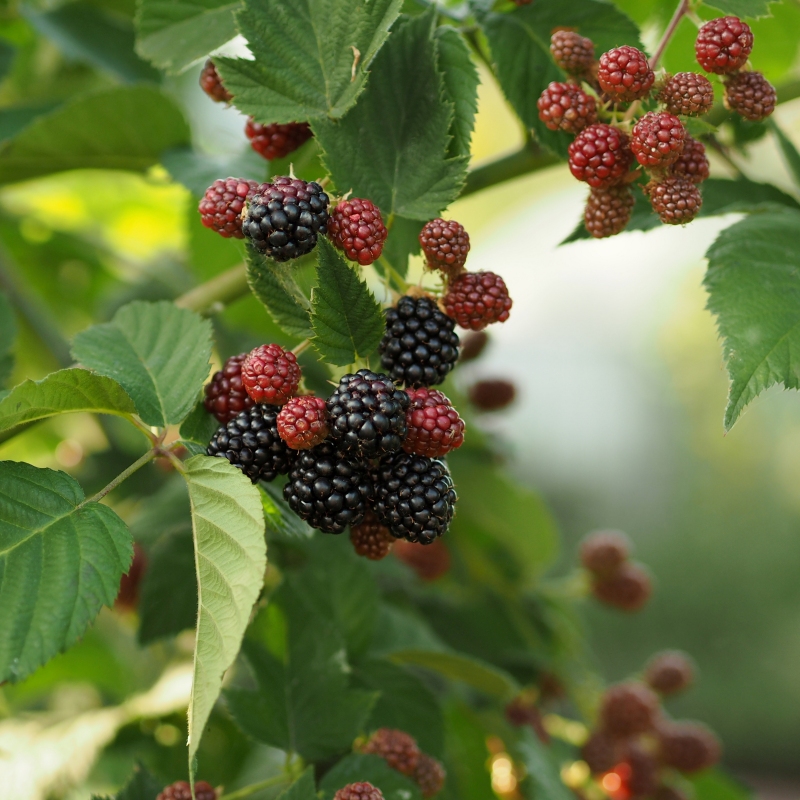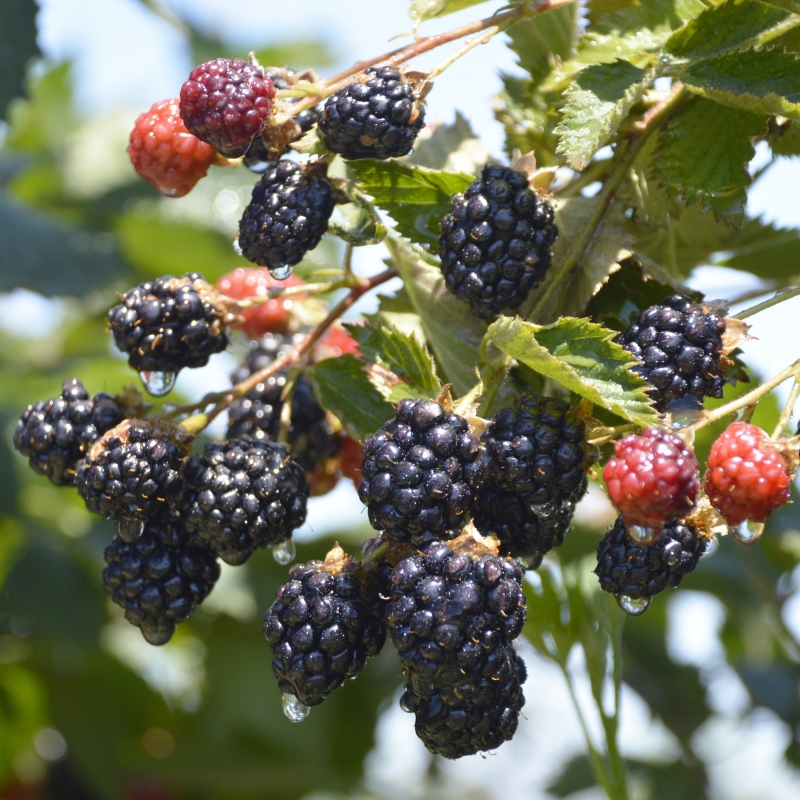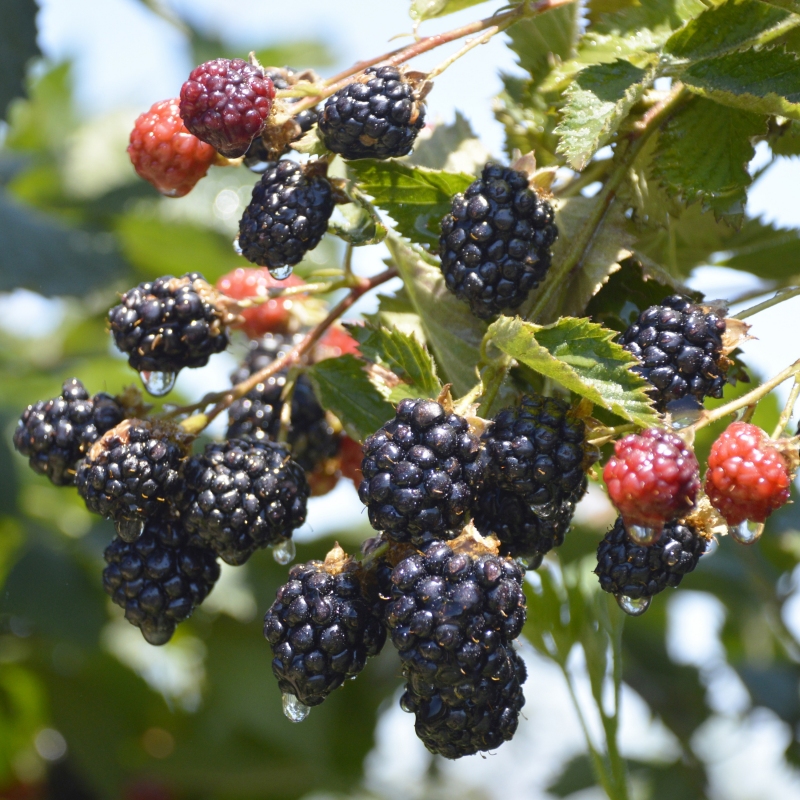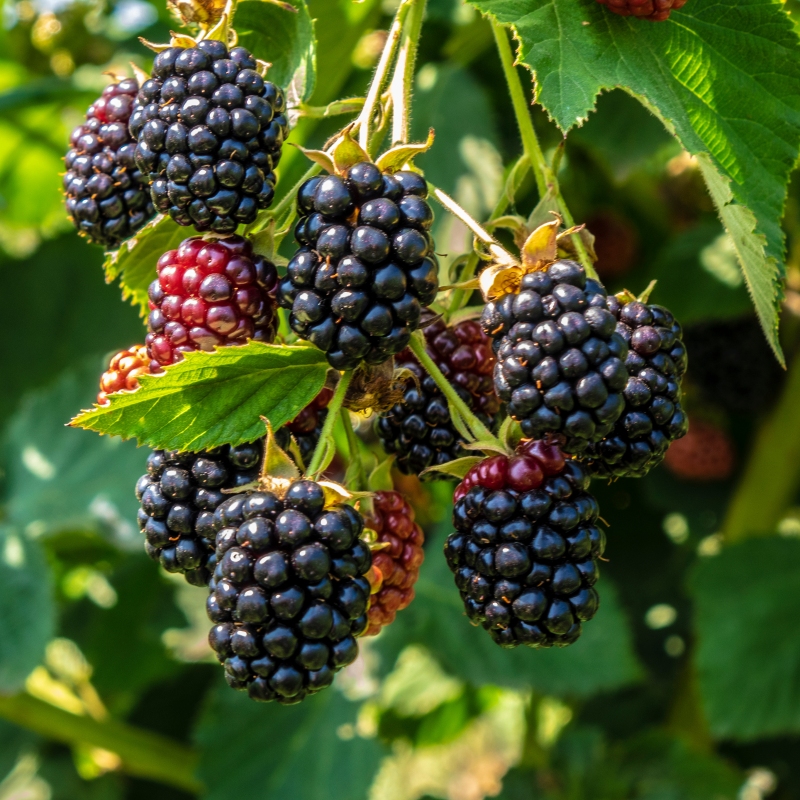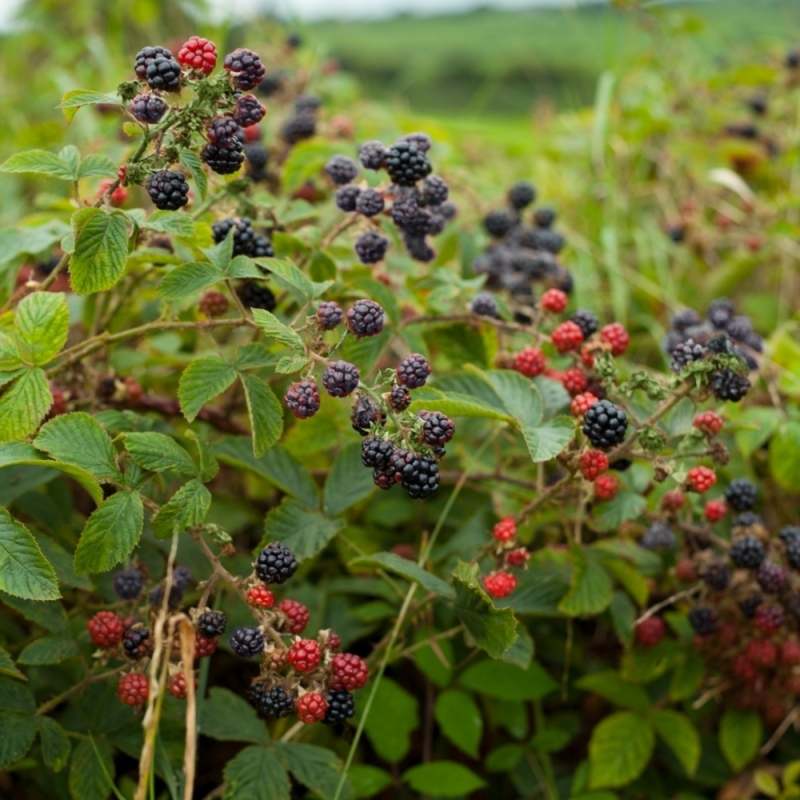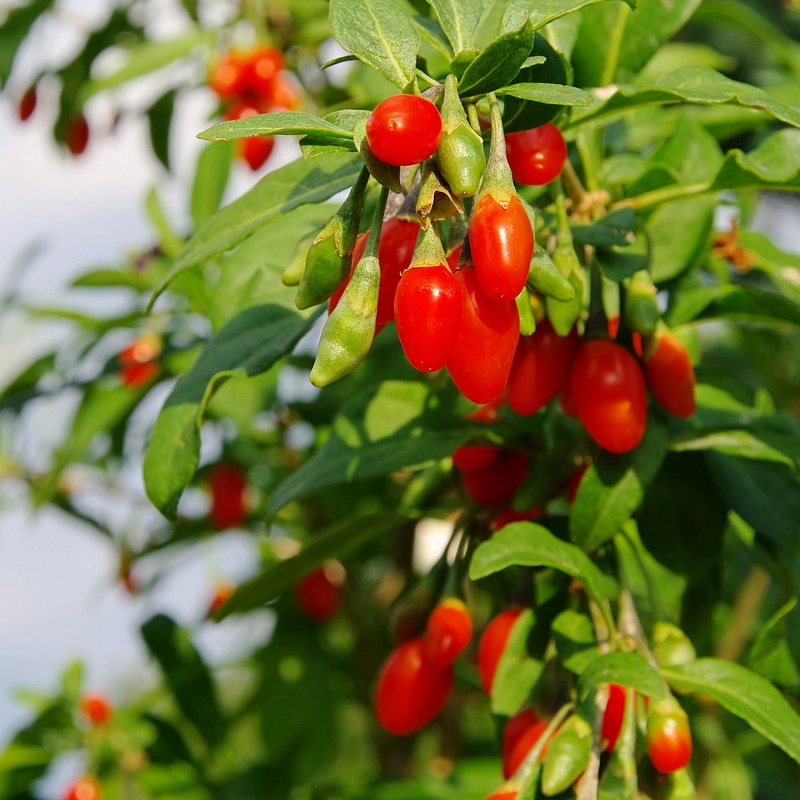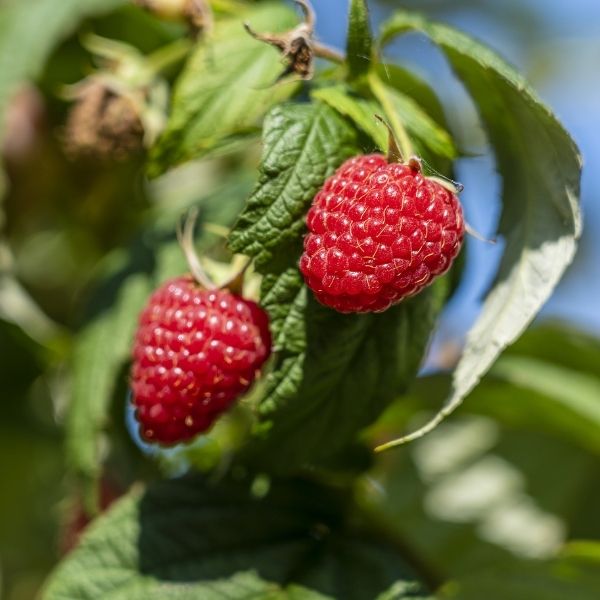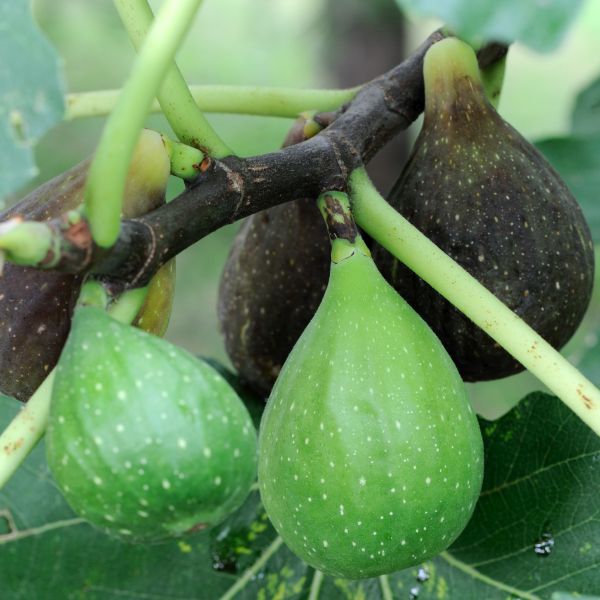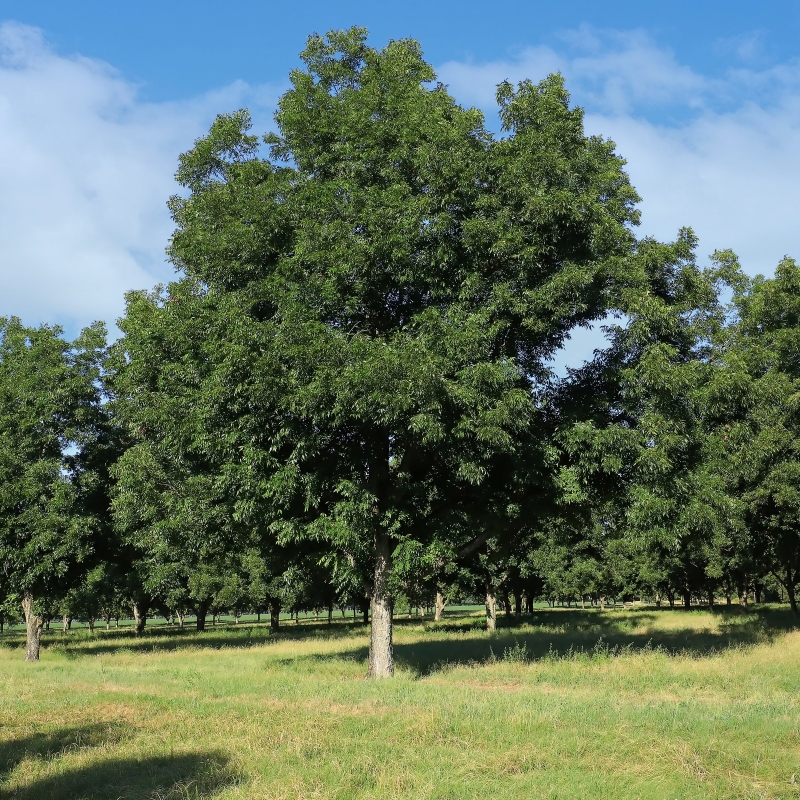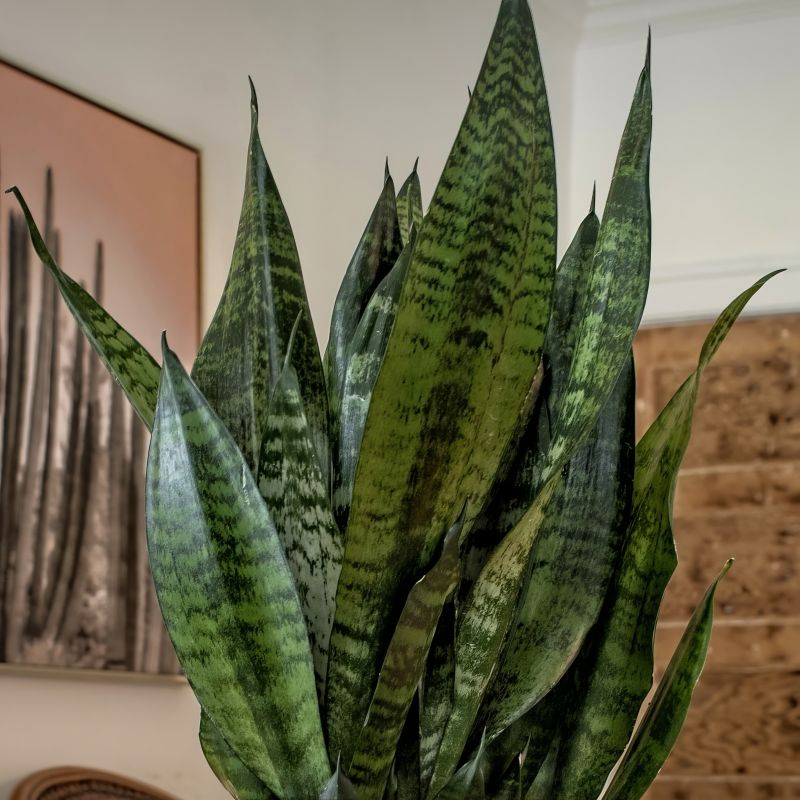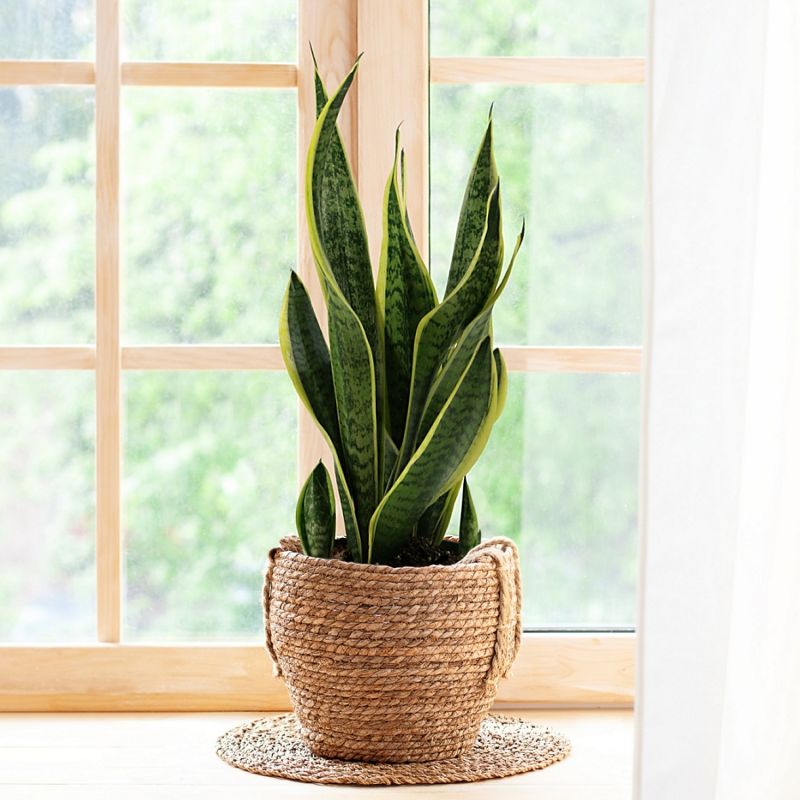

Brightwell Blueberry
Vaccinium ashei 'Brightwell'
2 reviews


Brightwell Blueberry
Vaccinium ashei 'Brightwell'
2 reviews
$90.00
$129.00
30% Off
- 2.5 Gallon
- 1 Gallon
- 3.5 Gallon
We are sorry, product is currently out of stock due to seasonal availability. Please check the "Related plants available in your area" section below
Why Brightwell Blueberry?
Brightwell Blueberry (Vaccinium virgatum 'Brightwell') is a popular choice among blueberry enthusiasts for several reasons. This plant produces large, sweet berries that are flavorful and highly sought after. It is a reliable and vigorous grower, known for its high yield and resistance to diseases. Additionally, Brightwell Blueberry is self-pollinating, making it an ideal choice for those with limited space or a lack of other blueberry varieties nearby.
Related plants available in your area
Sunlight
Brightwell Blueberry plants thrive in full sun, which refers to a minimum of six hours of direct sunlight each day. Providing adequate sunlight ensures proper growth, flowering, and fruit production, resulting in healthy and vibrant berries.
Watering
The Brightwell Blueberry plant requires regular watering to keep the soil consistently moist but not waterlogged. It is important to ensure that the plant receives about 1-2 inches of water per week, especially during fruit development.
Fertilizing
Brightwell Blueberry requires a fertilizer with a balanced NPK (nitrogen, phosphorus, and potassium) ratio. A recommended ratio is 10-10-10 or similar, applied according to the manufacturer's instructions. It is also recommended to use a slow-release ferti
Brightwell Blueberry (Vaccinium virgatum 'Brightwell')
The Brightwell Blueberry (Vaccinium virgatum 'Brightwell') is a high-yielding, deciduous shrub that produces a bountiful harvest of delicious blueberries. This particular variety is highly recommended for home gardeners due to its exceptional flavor, disease resistance, and adaptability to various growing conditions.
As an upright and vigorous shrub, the Brightwell Blueberry can reach a mature height of 6 to 8 feet, making it an excellent choice for both ornamental and edible purposes. Its attractive dark green foliage adds beauty to any landscape, especially when the plant is covered in the clusters of small white or pink flowers that precede the fruiting stage.
The blueberries produced by the Brightwell Blueberry are medium to large in size, with a deep blue/purple color and a sweet and tangy flavor. They are perfect for fresh eating, baking, or making delicious preserves. The fruits ripen in mid to late summer, ensuring you enjoy a delightful harvest during the warmer months.
One of the notable features of this blueberry variety is its ability to self-pollinate, making it a reliable and productive plant even when grown as a single specimen. However, planting multiple Brightwell Blueberries can boost yields even further. It is recommended to provide cross-pollination by planting other blueberry varieties nearby for an optimal fruit set.
The Brightwell Blueberry thrives in acidic, well-drained soil with a pH range of 4.0 to 5.5. It requires full sun to partial shade for optimal growth and prefers moist soil but can tolerate some dryness. This blueberry variety showcases excellent adaptability to various climates, including both warm and cold regions, making it a versatile choice for gardeners across different zones.
With its combination of exceptional flavor, reliable fruit set, and adaptability, the Brightwell Blueberry is a superb choice for blueberry enthusiasts or any gardener looking to add beauty and productivity to their landscape.
Plant Information:
| Botanical Name: | Vaccinium ashei 'Brightwell' |
| USDA Zones: | 7-9 |
| Water: | Average to Moist |
| Exposure: | Full Sun |
| Soil Needs: | Well-Drained |
| Mature Height: | 8 - 10 feet |
| Mature Spread: | 6 - 10 feet |




Pollination Info
Pollination Information for Brightwell Blueberry (Vaccinium virgatum 'Brightwell'):
- Pollination Type: Self-fertile
- Blooming Season: Late spring to early summer
- Flower Color: White, tinged with pink
- Number of Petals: 4 or 5
- Pollinators: Bees, butterflies, and other native pollinators
- Recommended Pollinators: While Brightwell blueberry is self-fertile, having another variety of blueberry plant nearby can improve fruit set and yield. Compatible pollinators include:
- - Tifblue Blueberry (Vaccinium ashei 'Tifblue')
- - Climax Blueberry (Vaccinium ashei 'Climax')
- - Inca Blueberry (Vaccinium corymbosum 'Inca')
Pollination Tips: To maximize fruit production, it is advisable to plant multiple blueberry varieties in close proximity to each other. This promotes cross-pollination and ensures a higher chance of fruiting. Bees are the primary pollinators of blueberry plants, so maintaining a pollinator-friendly garden with a variety of flowering plants can also attract these important pollinators to your blueberry plants.
FAQ
Brightwell Blueberry (Vaccinium virgatum 'Brightwell') - Frequently Asked Questions
General Information
Question 1: What is the growth habit of Brightwell Blueberry?
Brightwell Blueberry is a deciduous shrub that grows in an upright, rounded form.
Question 2: How tall and wide does Brightwell Blueberry typically grow?
This cultivar of blueberry typically grows to a height of 6-8 feet (1.8-2.4 meters) and has a spread of 5-6 feet (1.5-1.8 meters).
Question 3: Is Brightwell Blueberry self-pollinating?
No, Brightwell Blueberry is not self-pollinating. It requires a different variety of blueberry plant for cross-pollination in order to produce fruit.
Question 4: What is the fruiting season for Brightwell Blueberry?
The fruiting season for Brightwell Blueberry is typically in mid to late summer.
Planting and Care
Question 5: What is the ideal soil type for Brightwell Blueberry?
Brightwell Blueberry prefers well-drained, acidic soil with a pH level between 4.5 and 5.5.
Question 6: How much sunlight does Brightwell Blueberry need?
Brightwell Blueberry thrives in full sun to partial shade. It requires at least 6 hours of direct sunlight per day for optimal fruit production.
Question 7: How often should I water Brightwell Blueberry?
Regular watering is crucial for the healthy growth of Brightwell Blueberry. It is recommended to provide an inch of water per week, especially during dry periods.
Question 8: Does Brightwell Blueberry require pruning?
Yes, pruning is necessary for maintaining the shape and productivity of Brightwell Blueberry. Prune in late winter or early spring to remove dead wood and to promote new growth.
Pests and Diseases
Question 9: What are the common pests that affect Brightwell Blueberry?
The common pests that may affect Brightwell Blueberry include aphids, blueberry maggots, fruitworms, and mites.
Question 10: What are the common diseases that affect Brightwell Blueberry?
Brightwell Blueberry can be susceptible to diseases such as mummy berry, powdery mildew, and botrytis blight.
Question 11: How can I prevent pests and diseases in Brightwell Blueberry?
To prevent pests and diseases, it is important to practice good garden hygiene, such as removing fallen leaves and berries, and regularly inspecting the plant for any signs of infestation or disease. Additionally, using organic insecticides or contacting a professional for advice can also help in control measures.
Harvesting and Storage
Question 12: When is the right time to harvest Brightwell Blueberries?
Brightwell Blueberries should be harvested when they are fully ripe and turn dark blue in color. This usually occurs in mid to late summer.
Question 13: How should I store harvested Brightwell Blueberries?
To store harvested Brightwell Blueberries, place them in a clean, dry container and keep them refrigerated. They can stay fresh for up to 1-2 weeks when properly stored.
Question 14: Can Brightwell Blueberries be frozen?
Yes, you can freeze Brightwell Blueberries. Simply wash and dry the berries, spread them in a single layer on a baking sheet, and freeze. Once frozen, transfer them to a freezer-safe bag or container for long-term storage.
Question 15: Can I eat Brightwell Blueberries directly from the plant?
Yes, you can consume Brightwell Blueberries fresh from the plant. However, it is always recommended to wash them thoroughly before eating.
Planting & Care
Planting & Care for Brightwell Blueberry (Vaccinium virgatum 'Brightwell')
Planting:
- Choose a location with well-drained soil and full sun exposure (at least 6-8 hours of direct sunlight per day).
- Prepare the planting area by digging a hole twice as wide and as deep as the root ball of the blueberry plant.
- Remove any weeds or grass from the area.
- If the soil pH is above 5.5, consider adding aluminum sulfate to lower it. Blueberries prefer acidic soil with a pH between 4.5 and 5.5.
- Mix organic matter, such as compost or peat moss, with the soil removed from the hole.
- Place the blueberry plant in the hole, making sure the top of the root ball is level with or slightly above the soil level.
- Backfill the hole with the amended soil, firmly pressing it to eliminate air pockets.
- Water the plant thoroughly after planting.
Care:
- Watering: Blueberries need consistent moisture, especially during dry periods. Water deeply once or twice a week, providing about 1-2 inches of water each time.
- Mulching: Apply a 2-4 inch layer of organic mulch, such as wood chips or pine needles, around the base of the plant. This will help conserve moisture, suppress weeds, and regulate soil temperature.
- Fertilizing: Use a balanced fertilizer specifically formulated for acid-loving plants, such as a 10-10-10 or 12-12-12. Apply in early spring and again in early summer, following the package instructions for the appropriate amount.
- Pruning: Prune the blueberry bush in late winter or early spring to remove any dead or damaged branches. Additionally, remove any low-hanging branches that touch the ground to improve air circulation and reduce the risk of disease.
- Pest and Disease Control: Monitor the blueberry plant for signs of pests, such as aphids or mites, and diseases like powdery mildew or leaf spot. Use appropriate insecticides or fungicides if necessary, following the instructions carefully.
- Covering: In colder regions, consider covering the blueberry bush with burlap or a frost blanket during winter to protect it from freezing temperatures.
By following these planting and care instructions, you can ensure the successful growth and productivity of your Brightwell Blueberry plant.
Check Out These Verified Customer Reviews:
Customer Reviews
4.5 out of 5 based on 2 reviews
Thank you! Your review has been submitted.
The Brightwell Blueberry plants I received were healthy and well-packaged. The berries are delicious and the plants have been thriving in my garden.
I was very pleased with the quality of the Brightwell Blueberry plants I purchased. The website was easy to navigate and the shipment arrived quickly.
Item has been added to your cart.



